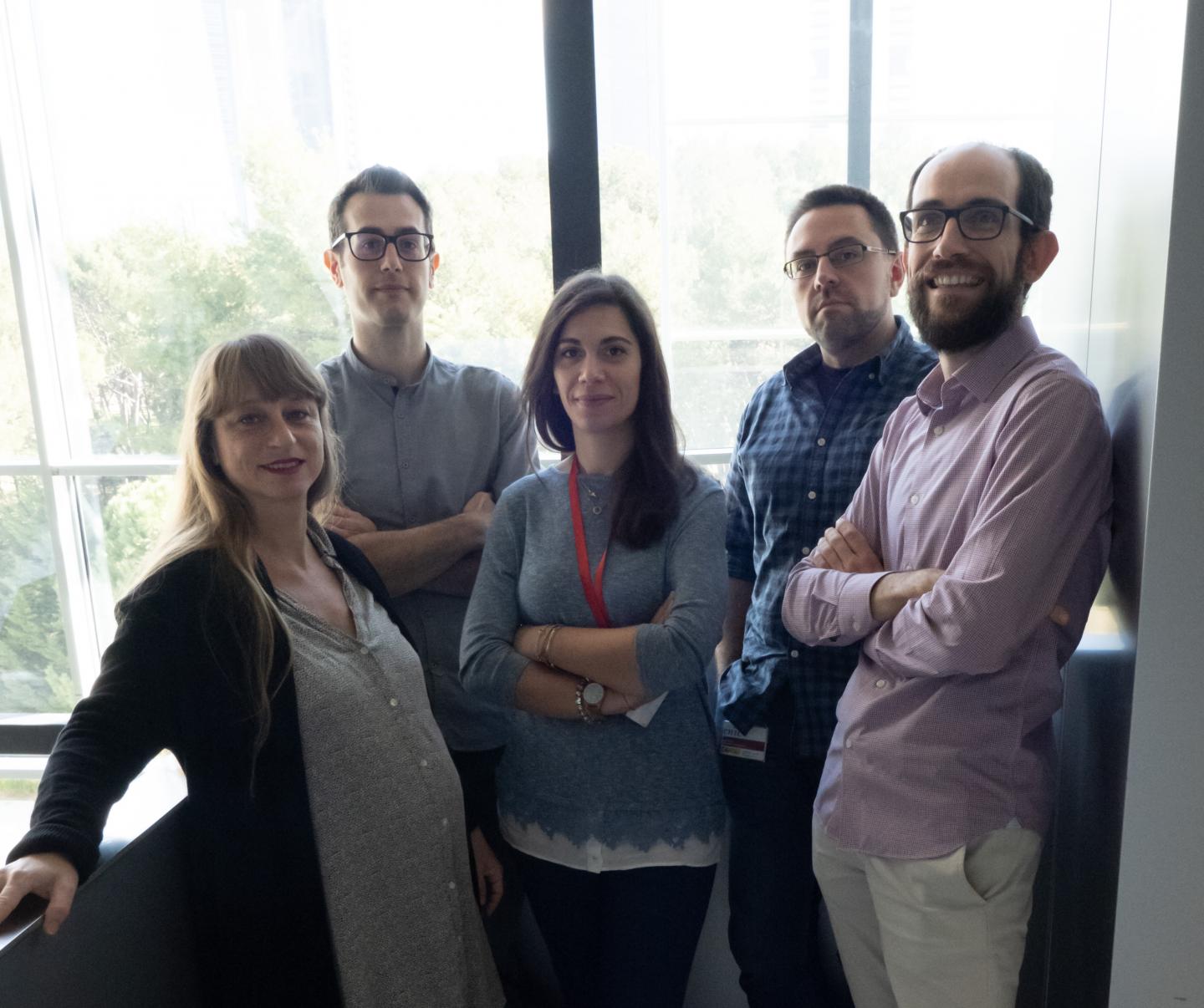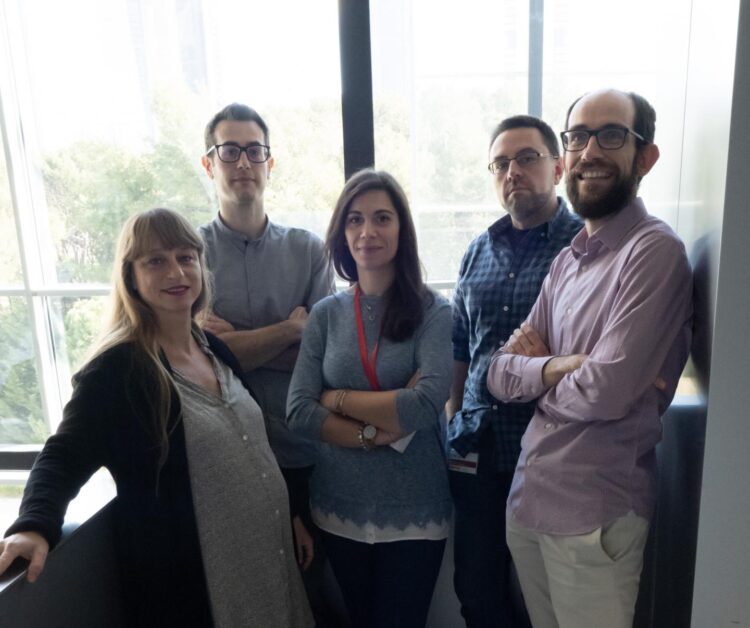The model, published today in Nature Communications, is based on the insertion of the HaloTag-TEV genetic cassette into titin, one of the proteins responsible for the elasticity of skeletal and cardiac muscle

Credit: CNIC
The Molecular Mechanics of the Cardiovascular System group at the Centro Nacional de Investigaciones Cardiovasculares (CNIC), led by Jorge Alegre Cebollada, in partnership with an international scientific team, has generated the first experimental mouse model that allows direct analysis of the mechanical function of proteins in living organisms.
The model, published today in Nature Communications, is based on the insertion of the HaloTag-TEV genetic cassette into titin, one of the proteins responsible for the elasticity of skeletal and cardiac muscle. The HaloTag-TEV cassette combines three key properties. Dr Alegre explained: “Thanks to the introduction of this cassette into the gene, we are able to fluorescently mark the protein, which makes it easy to track the cassette and see where it has inserted correctly.”
But that’s not all: “The cassette includes a target for specific protein lysis, so that the mechanical function of the target protein can be interrupted in a controlled manner at any desired moment, allowing us to study the effect of this interruption.” Finally, the cassette “provides a way to anchor the isolated protein to surfaces, enabling the study of its mechanical properties by single-molecule techniques.”
“All of this helps to establish a bridge between the modulation of protein mechanical properties and observing the consequences of this modulation at a cellular level,” said Dr Alegre.
It is well known that cells and the living organisms they form respond to changes in the environment. But among the environmental conditions to which living beings must adapt, the purely mechanical forces that constantly act upon them are often overlooked. “This relationship between cells and the mechanical components of their environment is extremely important, and explains many phenomena related to disease, such as cancer metastasis and atherosclerosis, which underlies several cardiovascular conditions.”
In recent decades, the development of new technologies has permitted the study of proteins’ mechanical behavior, which is responsible at the molecular level for the ability of cells to sense and generate forces.
These techniques have enabled the characterization of the mechanical properties of individual molecules, studied one by one, and this has transformed knowledge about the relationship between force and biological molecules. However, understanding how this relationship operates in the native environment of the cell was until now not possible.
The story doesn’t stop with titin. The HaloTag-TEV cassette can be inserted into other proteins with a mechanical function, so that in the future it could be used to study other systems, including those related to diverse muscular and cardiac disorders.
###
About the CNIC
The Centro Nacional de Investigaciones Cardiovasculares (CNIC), directed by Dr. Valentín Fuster, is dedicated to cardiovascular research and the translation of knowledge gained into real benefits for patients. The CNIC, recognized by the Spanish government as a Severo Ochoa center of excellence, is financed through a pioneering public-private partnership between the government (through the Carlos III Institute of Health) and the Pro-CNIC Foundation, which brings together 12 of the most important Spanish private companies.
Media Contact
Fátima Lois
[email protected]
Related Journal Article
http://dx.





